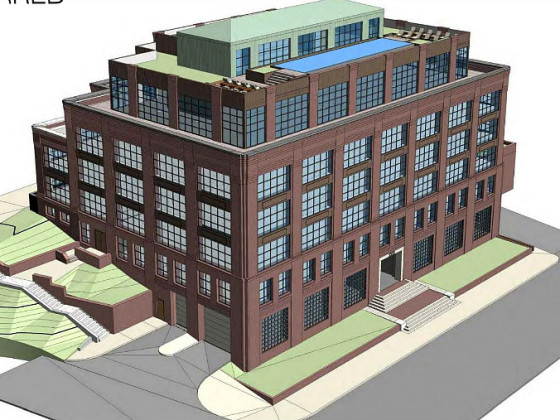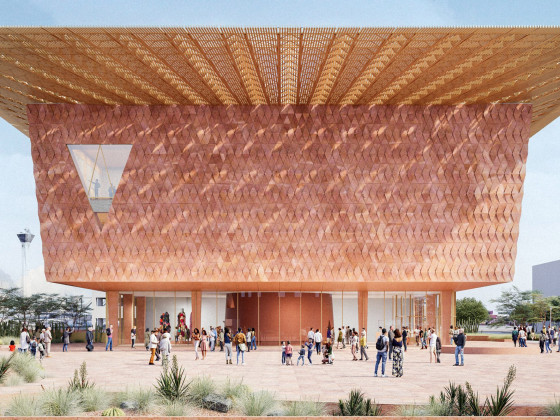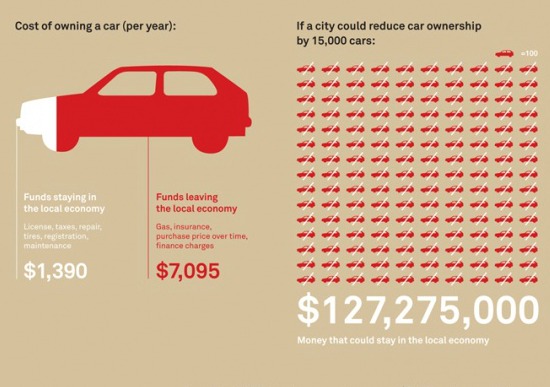What's Hot: Nearly $1 Million An Acre: Pricey Land Sale Near Dan Snyder's Alexandria Home Closes Out 2025
 Smart Growth Forum Reveals Stunning Land Value Increases in DC
Smart Growth Forum Reveals Stunning Land Value Increases in DC
✉️ Want to forward this article? Click here.
On Tuesday night, the Coalition for Smarter Growth kicked off their Walking Tours and Forums series with a discussion about walkable neighborhoods. Chris Leinberger of Locus Development, Ed Lazere of the DC Fiscal Policy Institute and David Bowers of Enterprise Community Partners met to discuss affordability and access issues in urban, walkable neighborhoods. In DC, as well as other cities, walkable urban areas are becoming more desirable than sprawling suburban ones, and the rapid increase in land and housing values are leading sought-after sections to be out of reach (cost-wise) for more and more people.
As you might expect from an event hosted by the Coalition for Smarter Growth, the talk had an urbanist, pro-walking, anti-car slant. Here are a some of the more interesting sound bytes and statistics:
The Increase in Land Values in Certain Sections of DC is “Stunning”
Chris Leinberger dropped a staggering statistic regarding how much DC land values have increased in the past decade. On one particular site in Capitol Riverfront, he shared, the land value was probably at around $5 per square foot a decade ago. That same land was recently sold to Toll Brothers at a cost of $825 per square foot. “That increase is stunning,” he said.
DC’s Supply of Housing in Constrained
In part because of zoning regulations and the height limit in areas surrounding the downtown core, supply in DC is unusually limited, keeping the costs up. Leinberger was heartened that both are under discussion. “We have to understand that zoning isn’t handed down from God,” he said. “We made it and we can change it. Creating more walkable urban places with drive down land values.”
No Car, More Money
“If you remove one car from your household, you can increase the mortgage you can afford by $150,000,” Leinberger said last night, based on car payments, insurance payments and monthly gas outlays. Another interesting car-related fact from Leinberger: If a city reduces car ownership by 15,000 owners, $127 million stays in the city.
The Lack of Affordable Housing Must Be Addressed
Ed Lazere pointed out that DC lost half of its low-cost rental units and 70 percent of its low-value homes in the last ten years. In 2000, half of the apartments in the city rented for $700/month or less, a rate that seems unbelievably low now.
David Bowers told a few stories of long-time residents getting pushed out of their homes in rapidly-developing neighborhoods like Columbia Heights and Petworth. Now, organizations are starting to look to the new frontiers — Anacostia and Congress Heights — to start helping residents stay put. “It’s a preservation and resident displacement prevention initiative.”
A few of the possible solutions discussed include supporting Choice Communities (formerly known as HOPE VI), a program that turns housing projects into mixed-income projects; supporting the creation of accessory dwelling units or “granny flats”; and funding the Housing Production Trust Fund and programs like the Home Purchase Assistance Program and the Tenant Opportunity to Purchase Act.
Lazere also mentioned the significant increase in tax revenue that the city has seen as the median income has risen. It is possible that DC will announce that they have a $400,000 surplus in their budget, and while the current culture is to save every penny, he said, that money may be better utilized by being invested into affordable housing support programs.
See other articles related to: affordability, affordable housing dc, coalition for smarter growth, hope vi
This article originally published at http://dc.urbanturf.production.logicbrush.com/articles/blog/keeping_dc_affordable_takeaways_from_a_recent_forum/6553.
Most Popular... This Week • Last 30 Days • Ever

Today, UrbanTurf offers a brief explanation of what it means to lock in an interest r... read »

The 30,000 square-foot home along the Potomac River sold at auction on Thursday night... read »

An application extending approval of Friendship Center, a 310-unit development along ... read »

A key approval could be coming for a proposal to convert a Georgetown office building... read »

Capital Bikeshare breaks a record; Trump potentially legalizes weed sales in DC; and ... read »
DC Real Estate Guides
Short guides to navigating the DC-area real estate market
We've collected all our helpful guides for buying, selling and renting in and around Washington, DC in one place. Start browsing below!
First-Timer Primers
Intro guides for first-time home buyers
Unique Spaces
Awesome and unusual real estate from across the DC Metro














